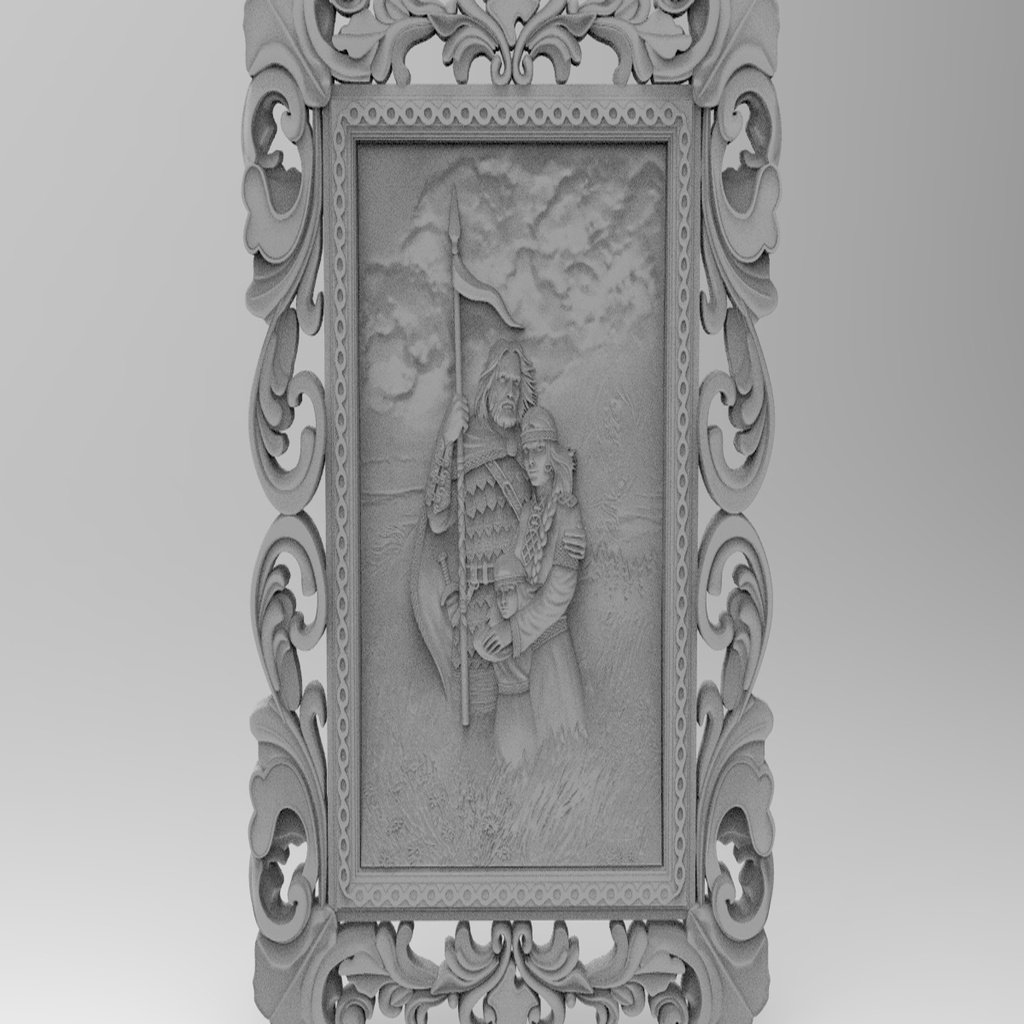
Ancient Rusland (Rus')
thingiverse
It appears that you've provided a comprehensive text about the Principality of Novgorod-Seversk, its history, and the religious landscape of Kievan Rus'. The information spans from the early 10th century until the mid-13th century, covering various aspects such as political territories, principal cities, and the development of Christianity within the region. The text mentions key figures, events, and the establishment of dioceses across different parts of the principality. Some notable points from the text include: 1. **Principality of Novgorod-Seversk:** This was a significant political entity that emerged in Eastern Europe during the Kievan Rus' period. It existed as an independent state at various times but also experienced periods under vassalage to other principalities. 2. **Christianization:** The adoption of Christianity had a profound impact on the Principality of Novgorod-Seversk and all of Kievan Rus'. In 988, Prince Vladimir I of Kiev officially adopted Christianity as the state religion, leading to a period of rapid Christianization across the region. This included the establishment of metropolitanates and dioceses. 3. **Principal Cities:** The text lists several key cities that played significant roles in the history of Kievan Rus', including Belgorod Kievsky, Chernihiv, Halych, Kiev, Minsk, Murom, Pereyaslavets, Polotsk, Rostov Veliky, Ryazan, Smolensk, Staraya Ladoga, Suzdal, Tmutarakan, Veliky Novgorod, Vladimir, and Vyshgorod. These cities not only served as political centers but also hubs of religious, cultural, and economic activity. 4. **Dioceses:** The establishment of dioceses across the region was a direct result of the Christianization process. These included Kiev (988), Pereyaslav (after 1015), Chernihiv (991), Volodymyr-Volynsky (992), Turov (1005), Polotsk (1104), Novgorod (~990s), Smolensk (1137), Murom (1198), Peremyshl (1120), Halych (1134), Vladimir-upon-Klyazma (1215), Rostov (991), Bilhorod, Yuriy (1032), Chełm (1235), Tver (1271), and others. 5. **Council of Bari:** The mention of the Council of Bari in 1098 is significant as it indicates the engagement of the Kievan Rus' church with European religious institutions. This council was a major event in medieval Christianity, emphasizing the unity of the faith against heresies. 6. **Move to Vladimir-upon-Klyazma:** Following the sacking of Kiev in 1169 by Andrei Bogolyubskiy, part of the Kiev metropolitanate moved to Vladimir-upon-Klyazma. This move became official with Metropolitan Maxim in 1299, marking a significant shift in the political and religious center of Kievan Rus'. 7. **Symbols and Legacy:** The text touches on the symbols of the Rurikids, indicating the rich cultural heritage of Kievan Rus'. This legacy includes architectural marvels like the Saint Sophia Cathedral in Kiev, which was later replicated in other cities. The history of Kievan Rus' is complex and spans over two centuries. It witnessed periods of political unity, followed by fragmentation into principalities. The adoption of Christianity not only brought about religious uniformity but also a cultural and architectural legacy that continues to be celebrated today.
With this file you will be able to print Ancient Rusland (Rus') with your 3D printer. Click on the button and save the file on your computer to work, edit or customize your design. You can also find more 3D designs for printers on Ancient Rusland (Rus').
